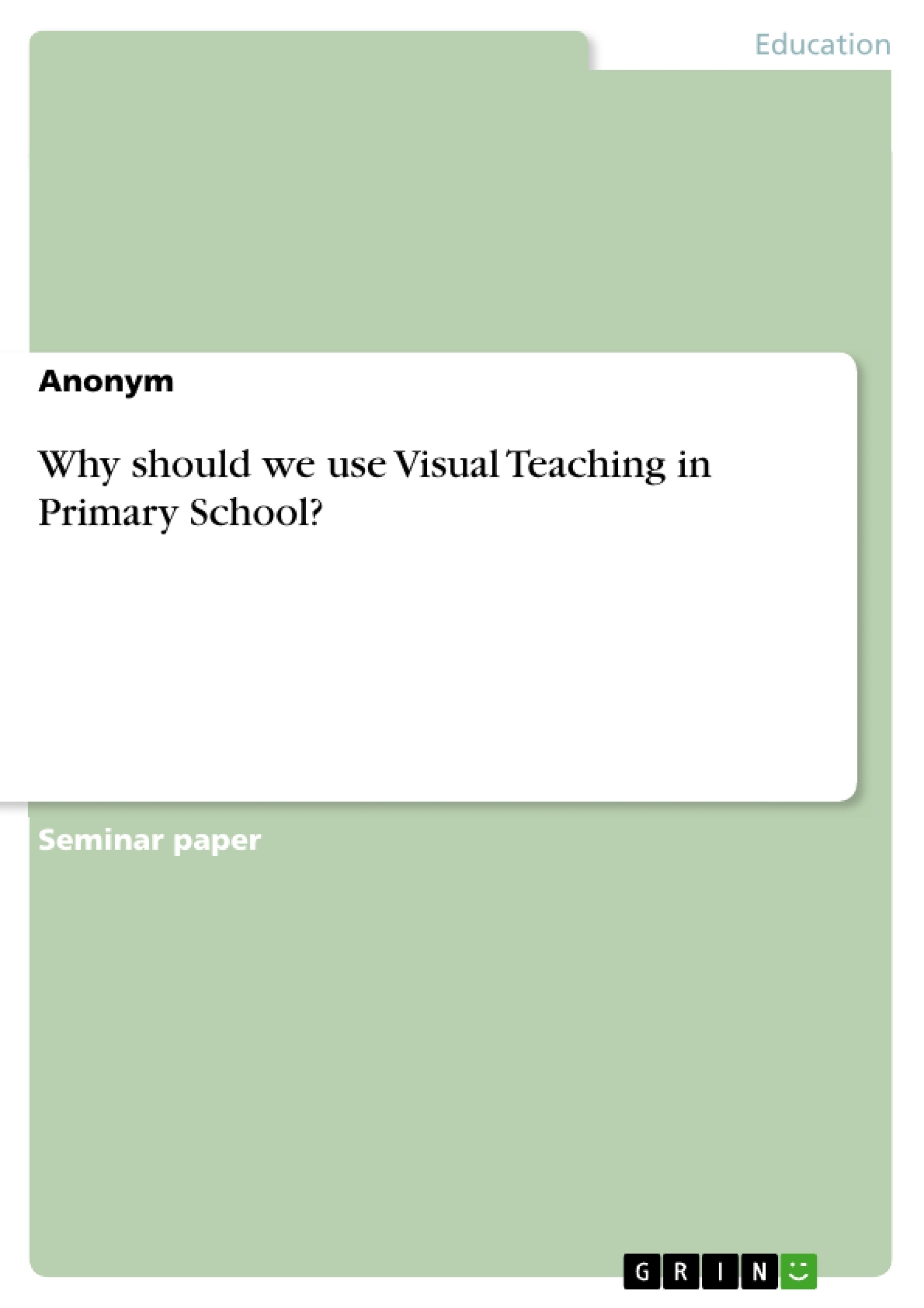The 21st century is an age in which images in various forms play a dominating role, be it in magazines and newspapers, TV and cinema, or the Internet. As a consequence, children growing up in this media age are inevitably confronted with a flood of images from early age on. This fact makes it necessary to address such topics as visual learning and visual literacy also at school. This seems important for at least two reasons: First, in an age where visual communication plays a vital role, children are required to acquire visual literacy already at an early age in order to be able to learn to judge, interpret and communicate with images in the right way. Second, visual media, like, for example, photographs, films, comics, and graphic novels, are calculated to make lessons more attractive and motivate students, and thus make learning easier and more fun.
This is not only true for subjects taught in the mother tongue, but also for English as a foreign language (EFL). Since in Germany English is already taught in primary school, visual learning may provide a way to facilitate EFL by offering a playful approach and, furthermore, by profiting from children’s interest in visual worlds.
Thus, as underscored by Stafford (2011: 2), visual teaching is not just another trend, but rather bears witness to a highly necessary adjustment of the curriculum to reality, i.e., new forms of communication, especially the Internet and smart phones. The work at hand deals with the question, why visual learning should be taught in primary school, and will provide an overview of the various reasons which are relevant in that respect as well as the most important strategies of visual teaching. In the first chapter, the concepts of visual learning and visual literacy will be looked at and their most important characteristics will be dealt with. Furthermore, the various reasons for teaching visual learning in primary school will be discussed. Furthermore, a short overview of possible strategies to be used in visual teaching is offered. In the second chapter, there will be a critical discussion of the topic, including the use of new media like Internet in the classroom.
Inhaltsverzeichnis (Table of Contents)
- Introduction
- Visual teaching and visual literacy
- Definition of terms
- Reasons for and possible benefits of visual teaching.
- Strategies and Methods for visual learning ...
- Discussion
- Conclusion.....
Zielsetzung und Themenschwerpunkte (Objectives and Key Themes)
This work explores the significance of visual learning in primary school. It aims to provide a comprehensive overview of the various reasons why visual learning should be taught in primary schools, along with an analysis of the most important strategies of visual teaching.
- The importance of visual literacy in a media-saturated world.
- The potential of visual learning to enhance the teaching of English as a foreign language.
- The role of visual teaching in fostering creativity and engagement in the classroom.
- The relevance of visual literacy for interpreting and understanding visual messages.
- The critical analysis of the use of new media in education.
Zusammenfassung der Kapitel (Chapter Summaries)
The first chapter introduces the concepts of visual learning and visual literacy, providing definitions and outlining their key characteristics. It also examines the various reasons why visual learning should be integrated into the primary school curriculum. Furthermore, it offers an overview of possible strategies and methods used in visual teaching.
The second chapter focuses on the definition and characteristics of visual literacy. It discusses the different skills and abilities that are involved in visual literacy and how they contribute to the development of critical thinking and understanding of visual messages.
Schlüsselwörter (Keywords)
The primary focus of this work lies on the concepts of visual teaching and visual literacy. It explores the importance of these concepts in a media-saturated world and their potential benefits for education, especially in the context of primary school English language learning. The text also examines the use of new media in the classroom and the critical analysis of visual messages.
- Quote paper
- Anonym (Author), 2015, Why should we use Visual Teaching in Primary School?, Munich, GRIN Verlag, https://www.grin.com/document/371168



